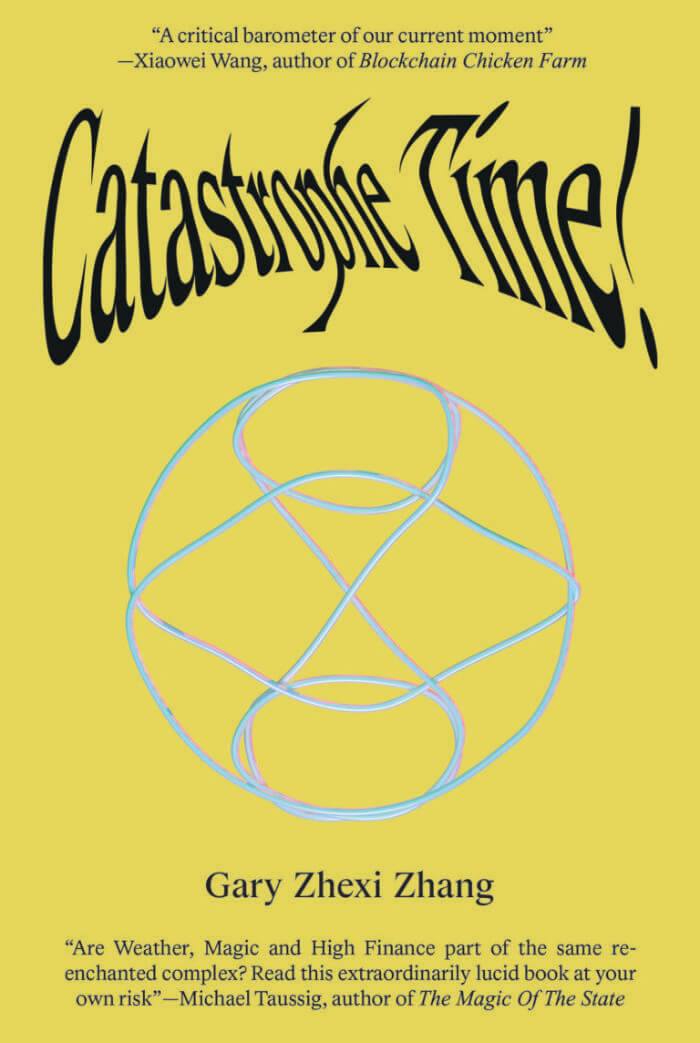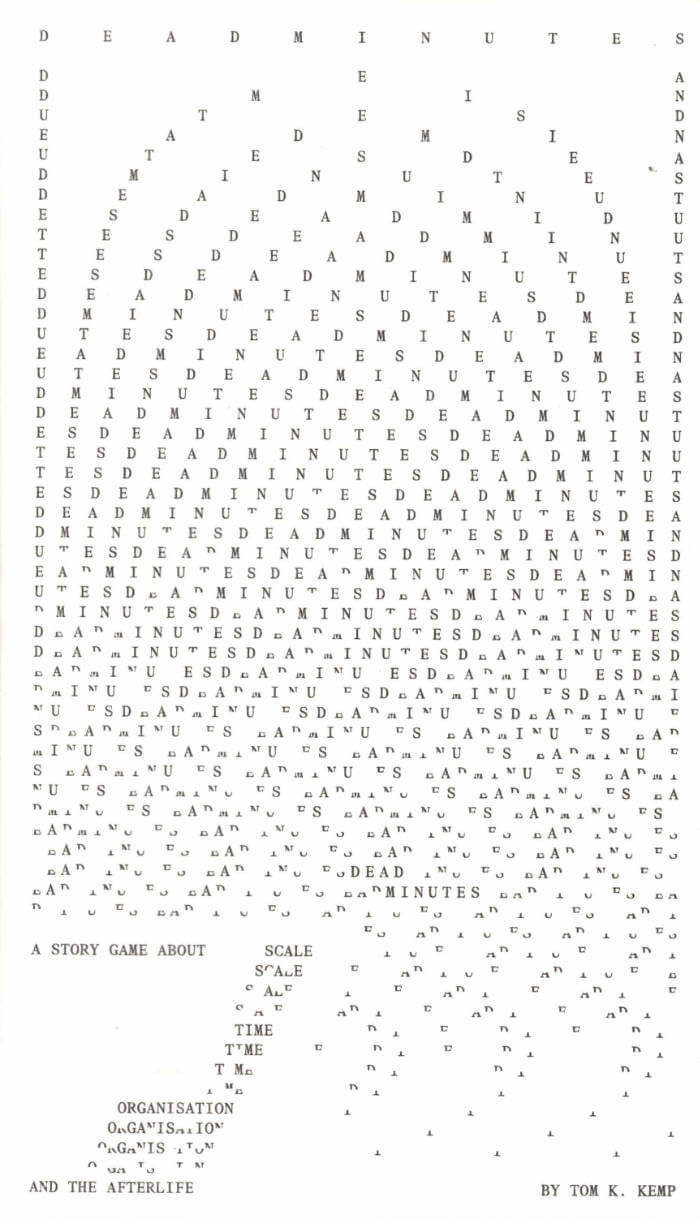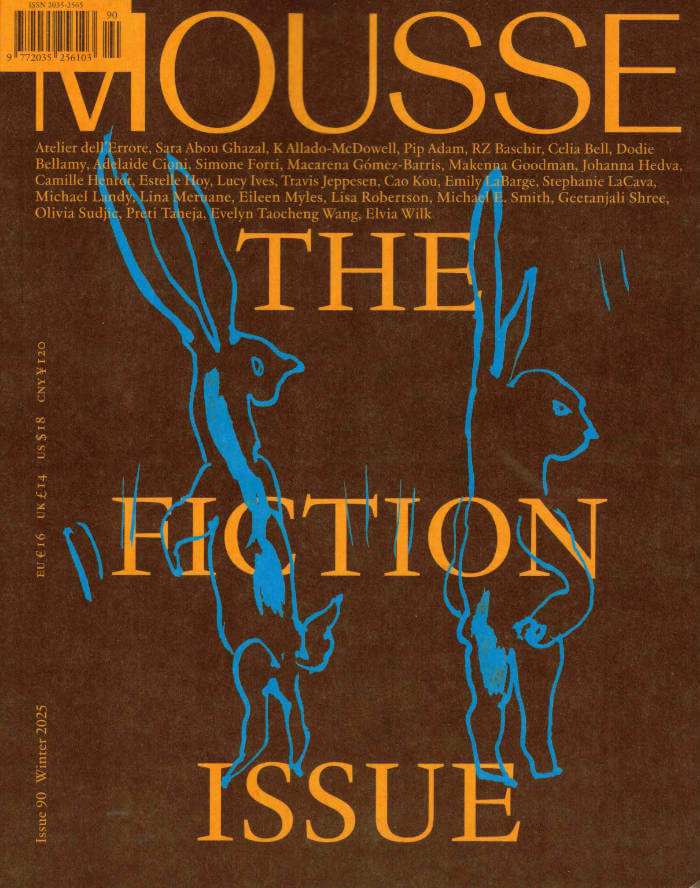
Catastrophe Time!
A collection of essays, fictions, and interviews exploring the weird temporalities of finance and catastrophe.
Once, financial practitioners plied a hybrid trade as hydrologists, star-gazers, and weather-watchers who sought to discover the natural laws of value and exchange as they did the divine order of an unchanging nature. Today, corporate firms hire trend forecasters and scenario planners to play out strategic fictions in virtual worlds. Hurricane insurance markets simulate a turbulent climate to offer investment instruments to hedge against the risks of the stock market. And for financial astrologers operating in the city of London, celestial motions provide a cosmic map that orients the mood of terrestrial markets.
Bringing together artists, researchers, and interstitial practitioners, Catastrophe Time! pays attention to the conditions of speculative knowledge on an increasingly volatile planet. Traversing a gray zone between rigorous research and operative science fictions, its contributors question how practices of speculation may transform, undermine, and at times exceed, the worlds they set out to model.
Edited by artist Gary Zhexi Zhang, Catastrophe Time! explores the power of temporal technologies—whether currencies, conspiracies, or simulation models—to shape reality through fiction. By bringing together researchers and writers working at the boundaries of temporal practices, including Diann Bauer, Philip Grant, Bahar Noorizadeh, Habib William Kherbek, Klara Kofen, Kei Kreutler, Suhail Malik, Bassem Saad and Gordon Woo, this urgent volume seeks to make sense of the unraveling times in which we live.







